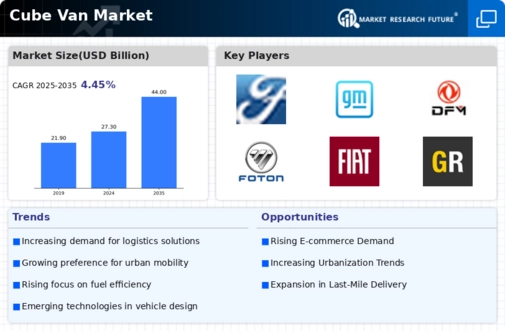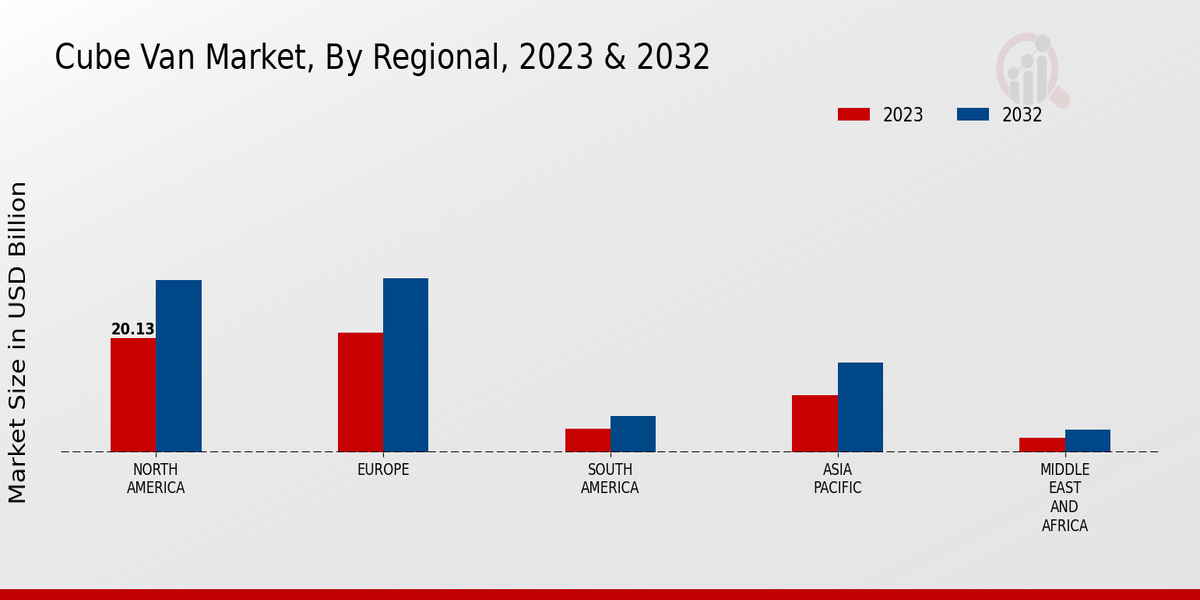Cube Van Market Summary
The Global Cube Van Market is projected to grow from 27.27 USD Billion in 2024 to 44.03 USD Billion by 2035.
Key Market Trends & Highlights
Cube Van Key Trends and Highlights
- The market is expected to experience a compound annual growth rate (CAGR) of 4.45 percent from 2025 to 2035.
- By 2035, the market valuation is anticipated to reach 44.0 USD Billion, indicating robust growth potential.
- in 2024, the market is valued at 27.27 USD Billion, reflecting a solid foundation for future expansion.
- Growing adoption of cube vans due to increasing demand for efficient logistics solutions is a major market driver.
Market Size & Forecast
| 2024 Market Size | 27.27 (USD Billion) |
| 2035 Market Size | 44.03 (USD Billion) |
| CAGR (2025-2035) | 4.45% |
Major Players
Ford Motor Company, General Motors, Daimler AG, GAZ Group, Dongfeng, Foton, Fiat, Renault, Peugeot, Isuzu, Hino Motors, Hyundai, Iveco, Toyota, Citroen, Volkswagen


























Leave a Comment